Since a large number of millennials are now moving out of their parents’ homes, they are looking for inexpensive alternative housing options.
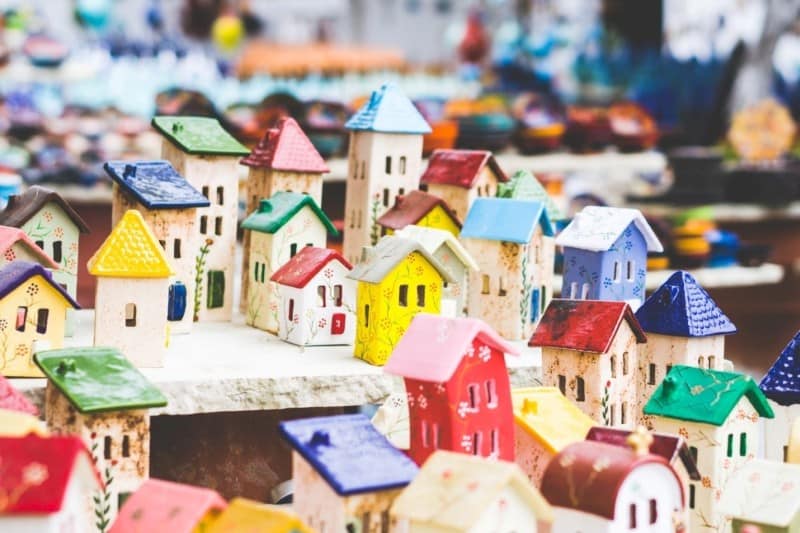
The fact is that most of them can’t afford to invest in property due to the current economic climate and the burden of debts that they carry with them.
With this need rose the solutions of alternative living spaces; everything from living in a tree to living in a school bus is now a viable option.
1. Pallet House
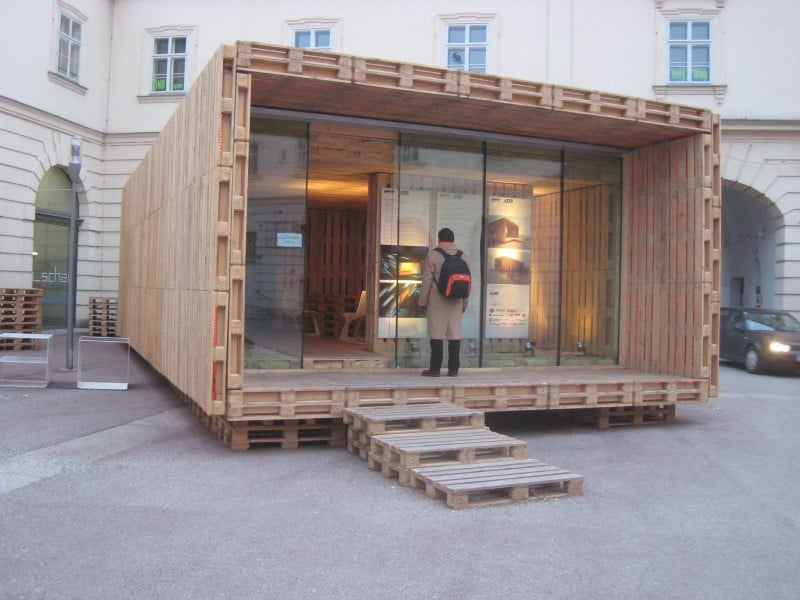
Pallets are sturdy (but not so sturdy) little wooden platforms that goods are transported and stored on in warehouses.
If you can get your hands on a few (or many) dozens of these, you can make yourself an extremely cost-effective home.
Yes, it’s probably not somewhere you will be able to call your forever home, but they are known to work well as a temporary living situation. Add a few solar panels for power and plants for a home-y feel and you’ll be good to go!
2. RV House
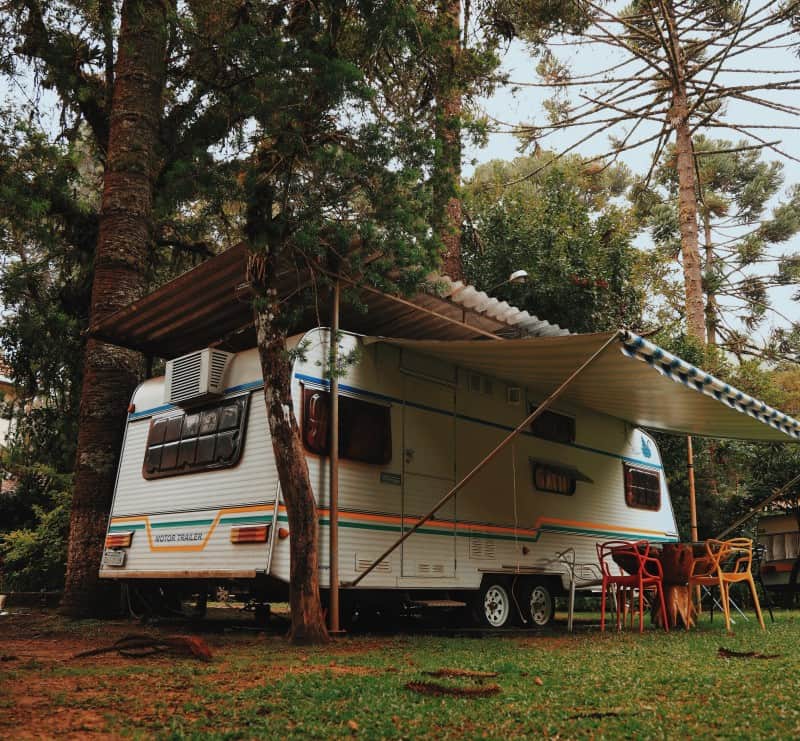
When you hear the word “RV”, you are likely to think of your favorite band on tour or your dad’s idea of a family camping vacation.
Recreational vehicles have been breaking their stereotype and are now a popular alternative housing option, especially for those who have the wanderlust bug. With traditional office jobs no longer being the absolute, people are free to move around and live wherever they want!
3. Tiny House
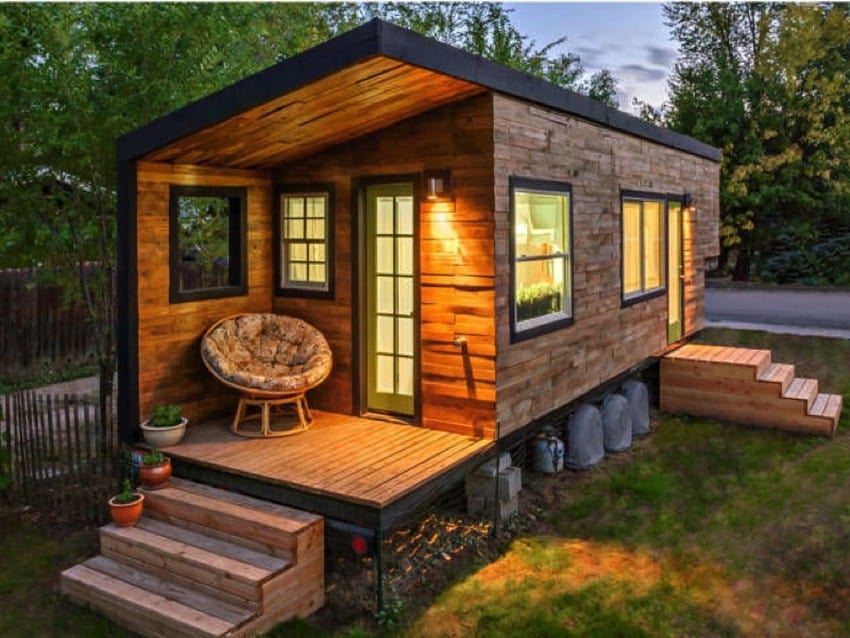
The 2009 housing crisis caused a rise in foreclosures all over the country, giving the tiny house movement momentum.
A tiny house is any living space smaller than 400 sq. ft. That is just barely enough to comfortably fit one person or squeeze in two.
These houses are usually occupied by those who are comfortable living a minimal lifestyle and finding it difficult to live in traditional housing because of the state of the economy.
4. Container Home
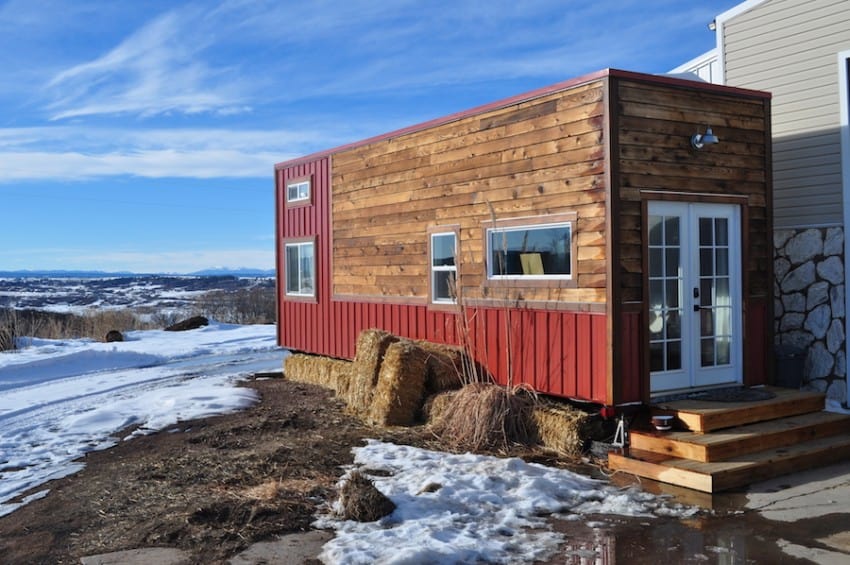
Container homes can also fall under the tiny house category, but deserve a category of their own. These houses are made by refurbishing old shipping containers – a cheaper alternative to building a home from scratch, since the outer structure is already there.
They can be beautifully intricate or clean and minimal. Container homes have also been made on multiple stories by stacking containers. They can be, however, big or small as you desire.
5. Converted Bus Home
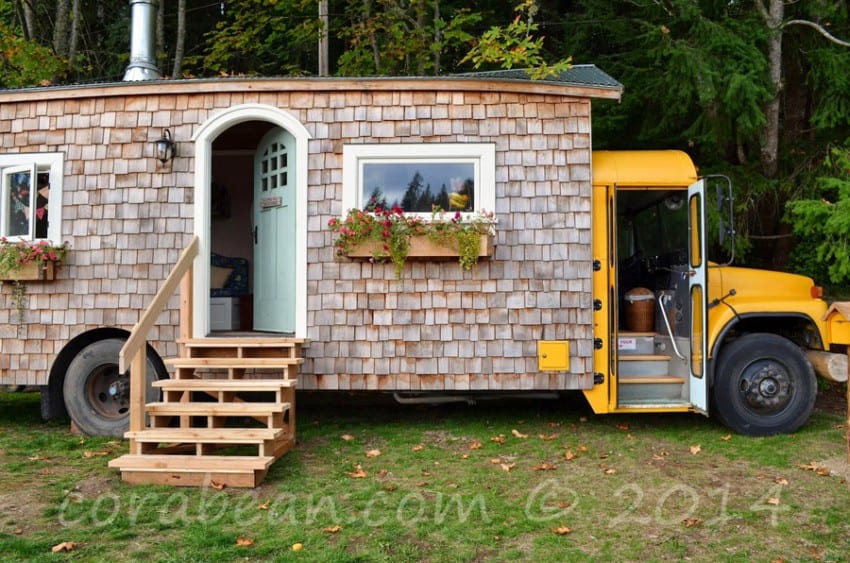
School buses have become a convenient home option for many struggling to find housing elsewhere. This is not an easy project to take on though; converting a school bus into a functional home can take many months and a bit of prior building knowledge.
However, it is the perfect space to transform since it acts like a blank space; much like a shipping container on wheels. There are many small families across the country adopting this abode as their permanent residence.
6. Tree House
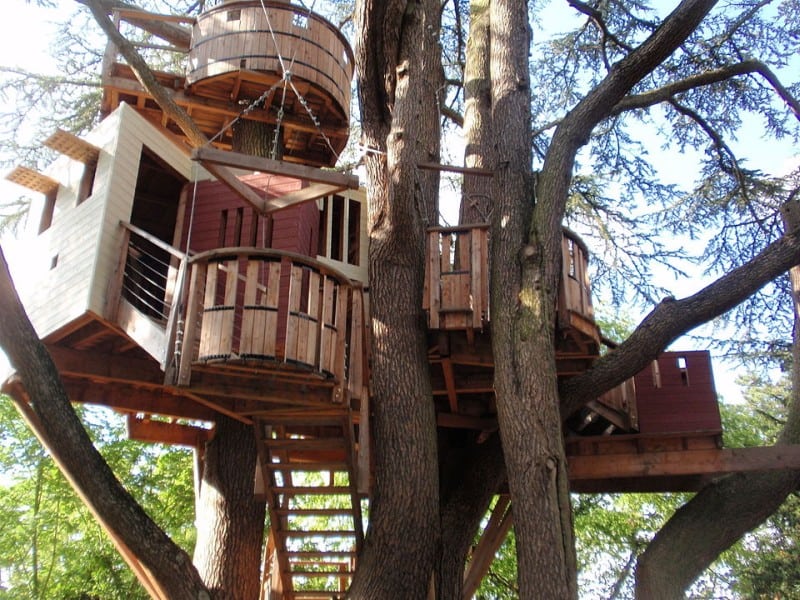
For those sick of the city’s slicker lifestyle, and are ready to give in to their inner lumberjack (read: hipster) life – the tree house is a great option.
When we say tree house, don’t think of Bart Simpson’s four plywood walls and carelessly nailed in onto a tree; think more of a fully raised functional (albeit tiny) house in a tree.
These can have everything from a kitchen to a porch. Tree houses have also been known to be popular as hotels; the perfect getaway in a forest somewhere where you can disconnect from the world.
7. Cob House
No, we don’t mean corn on the cob. This way of building homes is tens of thousands of years old and is gaining traction again because they are essentially an inexpensive housing option and DIY project that can be very durable and comfortable.
The clay mixture, known as the cob, is very resilient because of its porous nature and it can be reinforced with lime and sand for an extra layer of protection.
8. Modular Homes
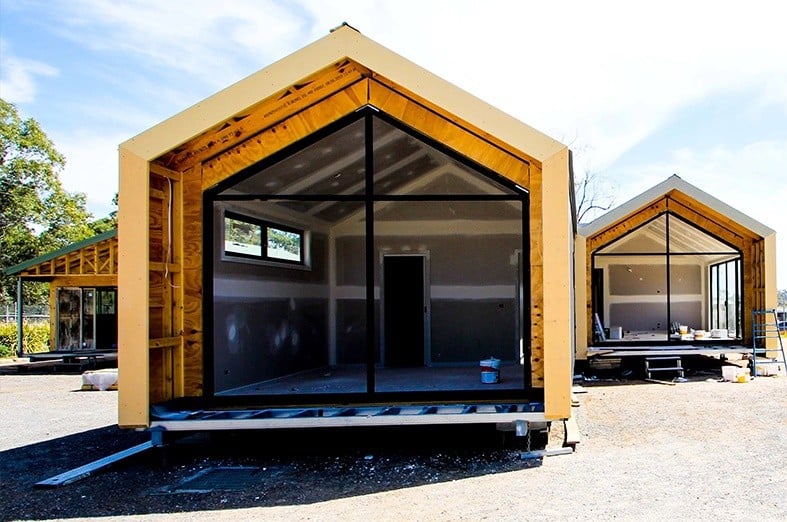
Modular homes, also known as prefabricated houses, look just like regular houses, except they were built in a factory.
They are like an extremely large puzzle that needs to be put together; the pieces come pre-built and inspected from the factory – they just need to be assembled.
These pieces can be customized to fit your needs, but they are a lot economical to make and can be made a lot quicker than a house built on site because they are made in a controlled environment.
9. Barn House
What could be easier and more cost-effective than up-cycling a preexisting structure? Barns are a great living option, especially for those who don’t need to be close to the city.
They are spacious and often on an open piece of land, giving you plenty of opportunity to take in the great outdoors and just get away from the hustle and bustle of the big city. This living situation might be a bit isolated, but it makes up for it with its quaint charm and peaceful nature.
With this wide variety of alternative housing options available, new homeowners are moving further and further away from what is considered the norm.
There have been so many people opting for this path less trodden that states have started altering their zoning laws to accommodate these new homes. So, with all these options available, which one will you go for?
Related Posts
- Comparison of Shiplap vs “Tongue and Groove” vs Beadboard Wall Paneling
- Comparison of Manufactured vs Modular Homes with Pros/Cons
- 10 Different Types of Glass for Home Windows (With Pros and Cons)
- Here Are The Main Pros and Cons of a Barndominium House
- Main Advantages and Disadvantages of Vaulted Ceilings for Homes
- Top 9 Drywall Alternatives for Your Home Ceiling (With Photos)
Leave a Reply